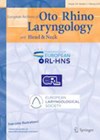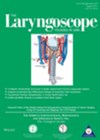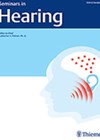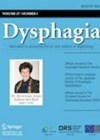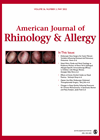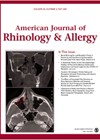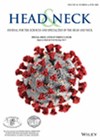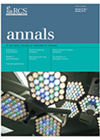
Journal Reviews
Metrics to evaluate post-ACDF dysphagia
The authors performed a literature review to evaluate the current classification metrics for quantifying dysphagia after anterior spine surgery and, specifically, cervical discectomy and fusion (ACDF). They selected 19 articles after reviewing literature from 2005 to 2021. The result of...
What is the quality of patient-reported outcomes of salivary function?
Salivary gland dysfunction has multiple causes and can have significant impact on quality of life, particularly when symptoms are severe. There are several patient-reported outcomes (PROMS) that assess these issues; however, these are variable in what they measure. This systematic...
It is all so COSI…
Something which we have realised for a long time in the UK is the importance of the clinician in the assessment and long-term adoption of hearing aids. This common sense article outlines the need for more individualised patient pathways, thinking...
How do objective ratings of swallowing compare with patient-reported dysphagia QOL measures in the head and neck cancer population?
Swallowing may be assessed by a comprehensive battery of tools including instrumental/objective assessments, clinician-rated measures and patient-reported measures. The authors of this paper use secondary analysis to explore concordance between videofluoroscopy and a patient-reported dysphagia quality of life (QOL) measure....
Does sleep quality improve when we adequately treat CRS?
In addition to the well-known symptoms associated with chronic rhinosinusitis (CRS), patients often suffer with poor sleep quality which is also detrimental to health and wellbeing. This meta-analysis looked at 35 papers reporting outcomes for CRS patients post surgery on...
How much does FESS improve the sense of smell?
We are all familiar with patients who undergo a seemingly successful FESS but, in spite of this, have persistent smell dysfunction postoperatively. This study compares a surgical group with a control group, measuring olfactory function pre and postoperatively using Sniffin...
Patient reported outcomes following total laryngectomy using the Swallowing Outcomes After Laryngectomy (SOAL) questionnaire
Following a total laryngectomy, alterations in the pharyngeal musculature and changes in the pharyngo-oesophageal segment due to reconstruction, results in altered bolus transit. Swallowing dysfunction after total laryngectomy for head and neck squamous cell carcinoma can vary from 10%-90%. There...
The DOSO outcome measure
The subjective outcome measures are a crucial element of the auditory rehabilitation process for hearing aid fitting. Authors hypothesised that normative data used for the device-orientated subjective outcome (DOSO) were no longer valid for new hearing aids technologies (2015-era technologies)....
Patient-reported outcome measures in septorhinoplasty
Patient-reported outcome measures (PROMs) are used increasingly in surgical research to quantify the efficacy of surgical interventions. This can help to fill an ‘evidence gap’ where healthcare rationing threatens particular treatments. Procedures aimed at improving quality of life, especially with...

